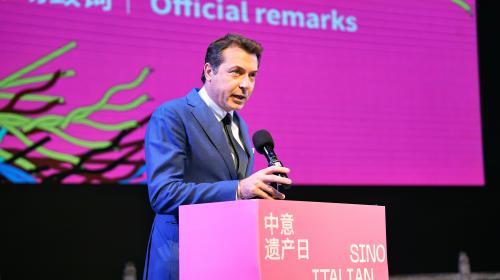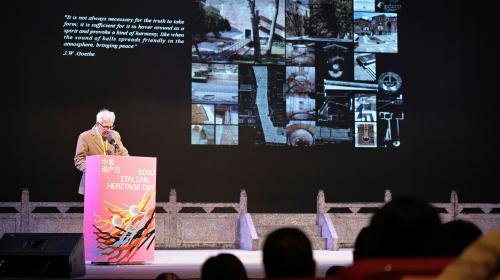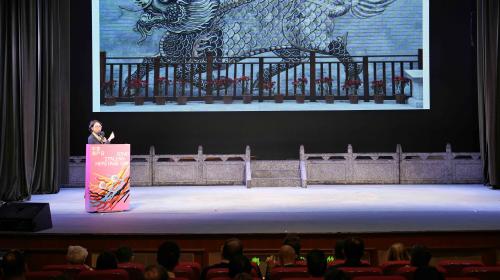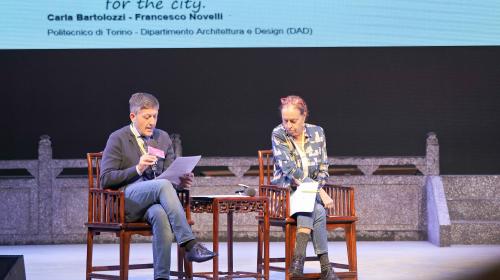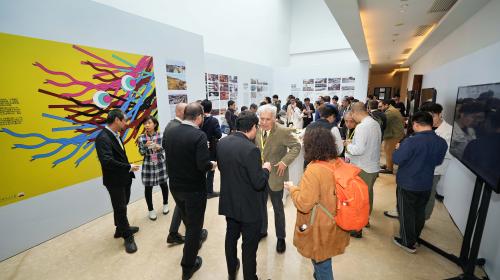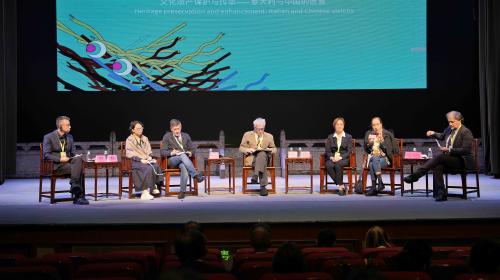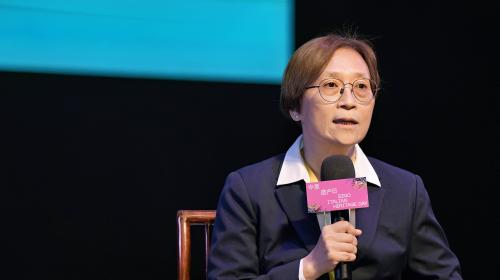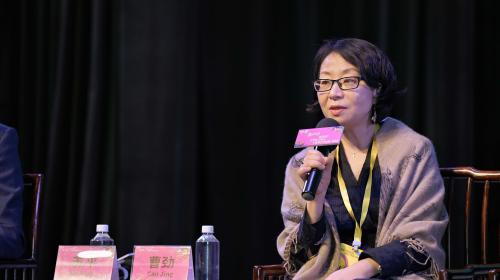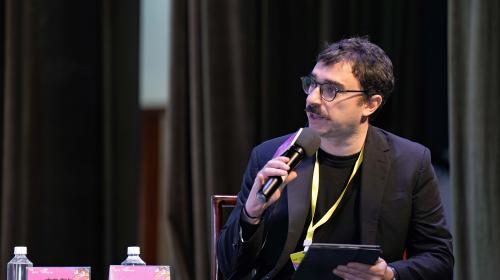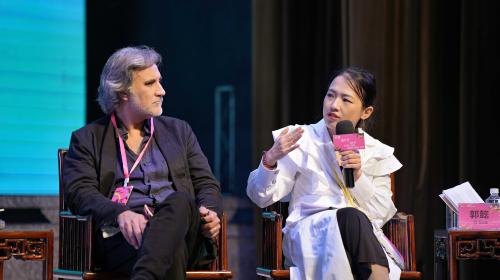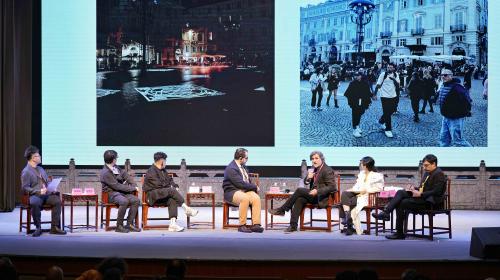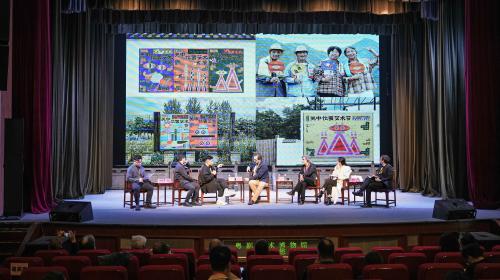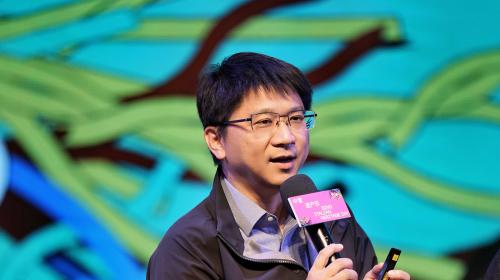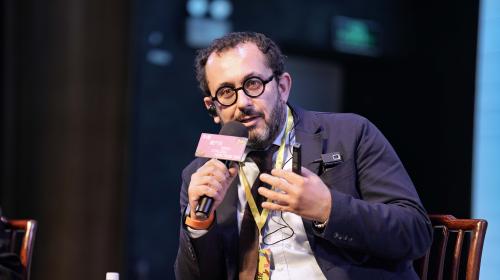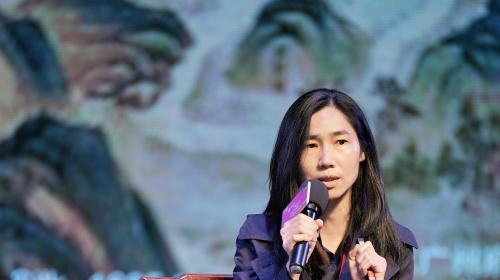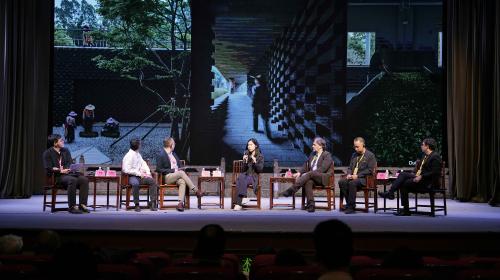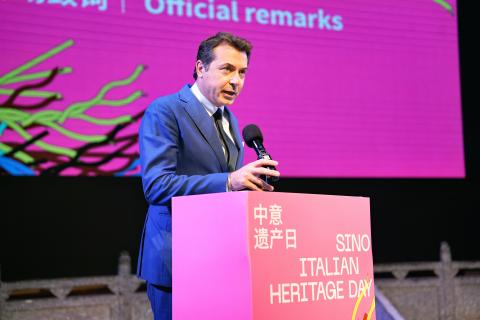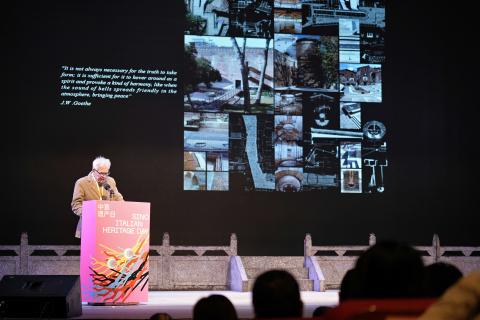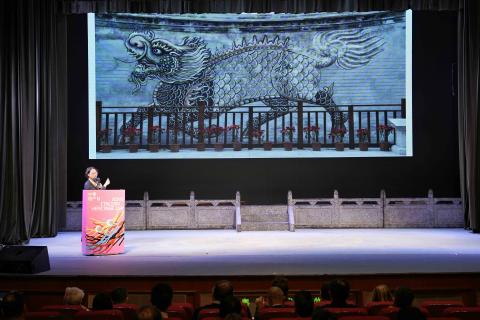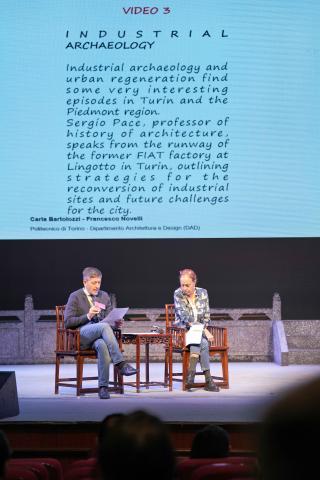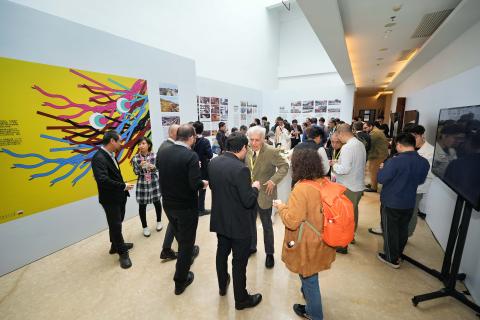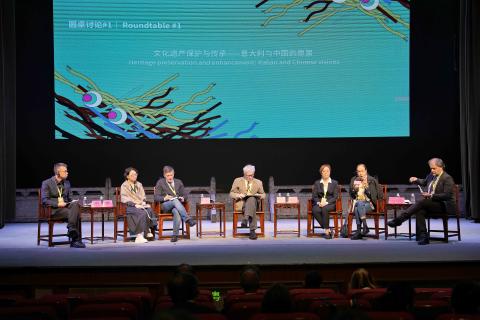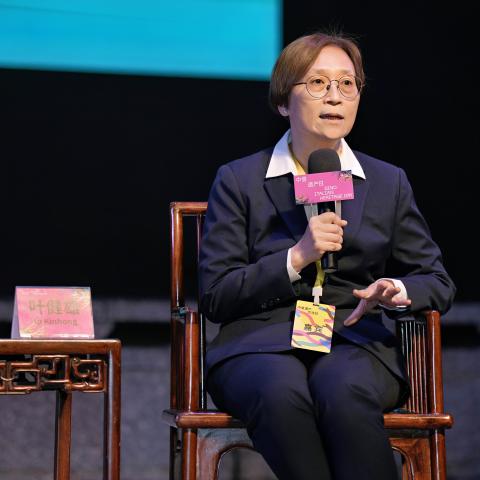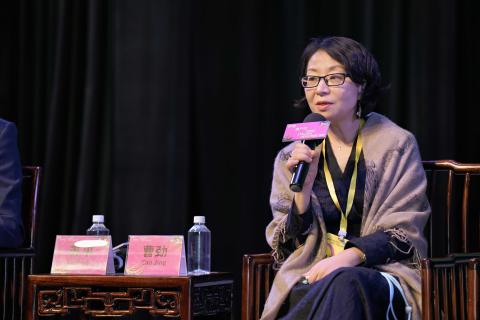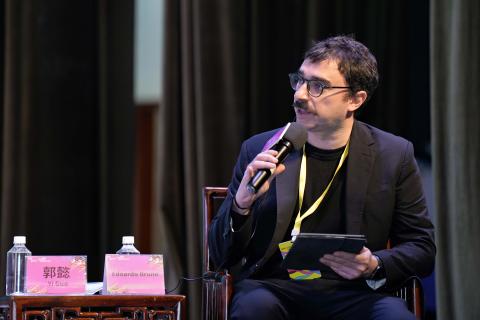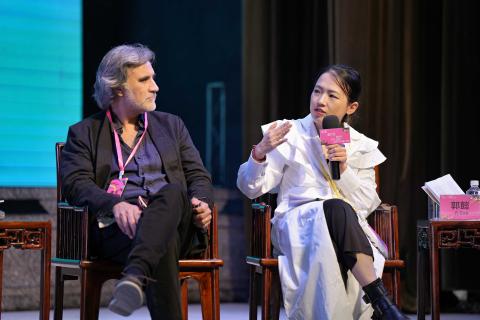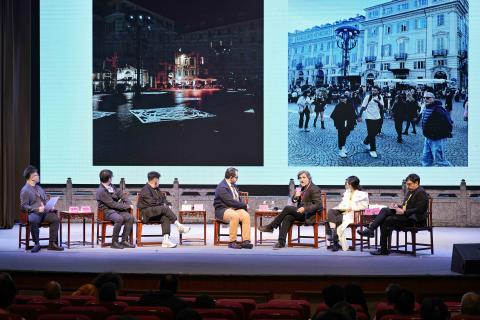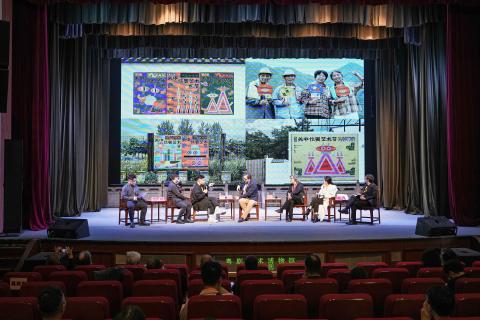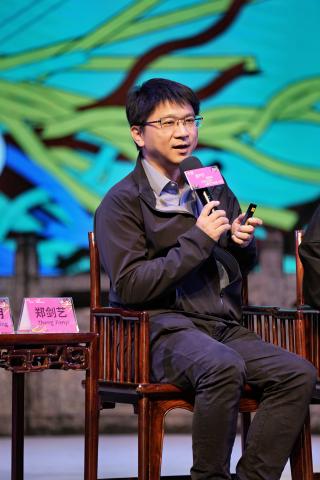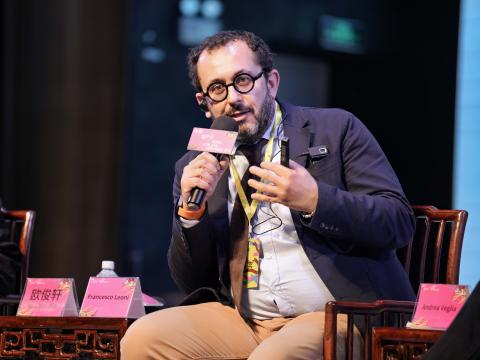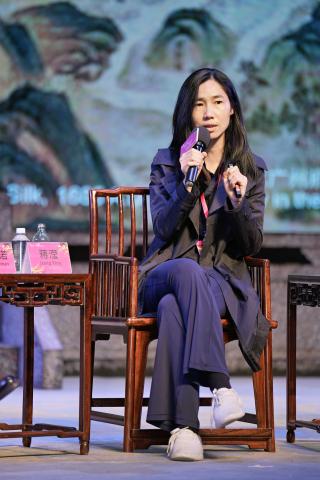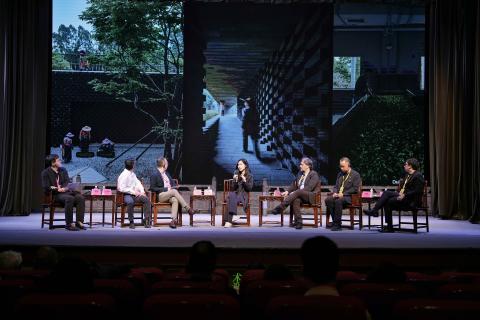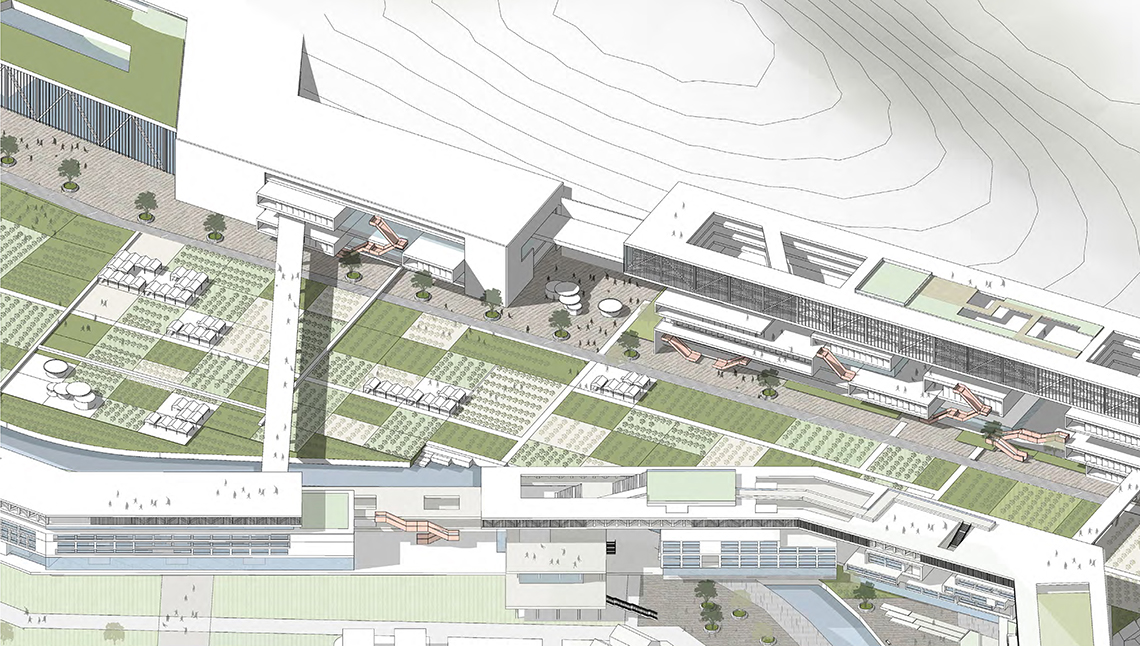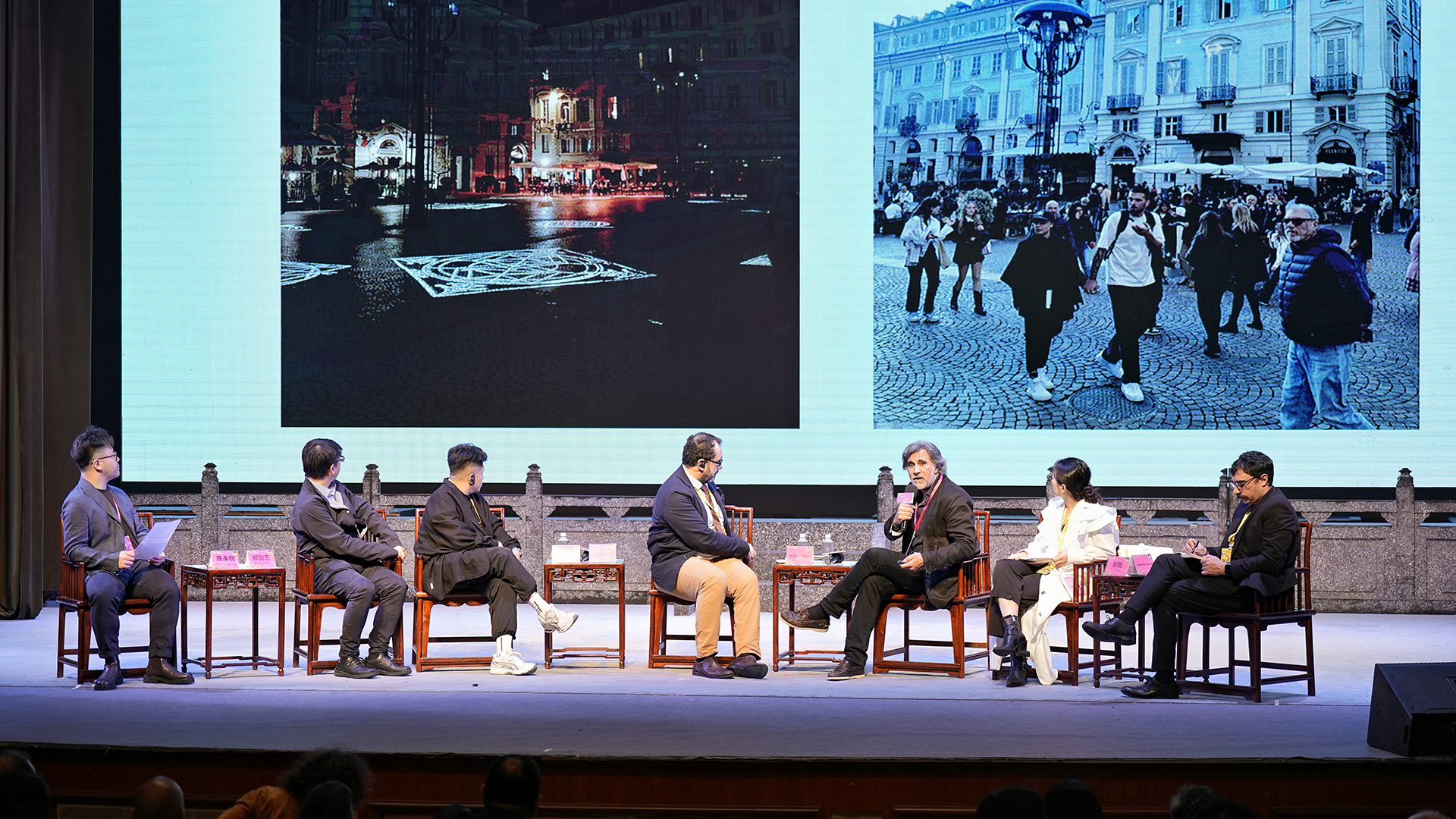
Synergies between Italy and China for heritage restoration and enhancement
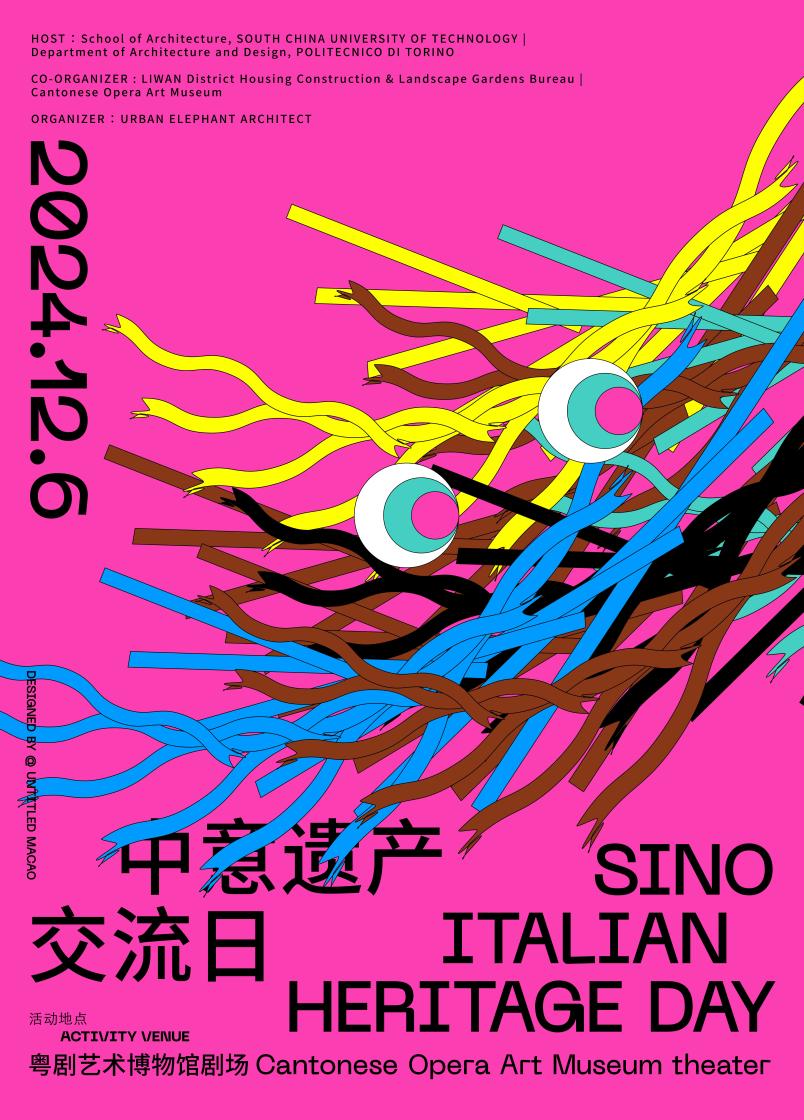
An event conceived to reflect on the start of the process of urban regeneration as an opportunity for development and enhancement of the assets of collective memory, considered as cultural pillars by two countries - Italy and the People's Republic of China - that take culture as a necessary element of their identities. This is the meaning of the “Sino-Italian Heritage Day”, organized on Dec. 6 by PoliTO Department of Architecture and Design-DAD and the School of Architecture of South China University of Technology (SCUT), a historical partner for PoliTO in China.
The main topics of this event represent the core of the research and teaching activities carried out for some time by the two sponsoring institutions. Among the most significant results of this collaboration is the Joint Master of Science in Urban Design, inaugurated in 2020 by PoliTO and SCUT.
The event was hosted by the Cantonese Opera Art Museum in Guangzhou, precisely with the aim of promoting the recovery, enhancement and conservation of architectural and urban heritage in the Greater Bay Area (GBA) of South China. The initiative received the support of the Consulate General of Italy in Guangzhou and the support of Urban Elephant Architects and PoliTO China Center, strengthened the 2016-born collaboration between the two universities. Authorities in the persons of Consul General of Italy in Guangzhou Valerio De Parolis, Mayor of Liwan District of Guangzhou, Zhihong You, and Dean of the School of Architecture, Changxin Peng, attended.
The day highlighted the added value of cultural heritage recovery across architectural, landscape, and industrial contexts. As Francesco Novelli, Co-Director of the China Center at Politecnico, remarked: “Italy and China are the two nations with the highest number of UNESCO World Heritage Sites. Preserving heritage and passing it on to future generations means keeping alive the material and intangible values embodied in every artifact, through in-depth knowledge and projects that ensure their relevance in contemporary life.”
The morning continued with presentations by academic experts from the Italian and Chinese institutions leading the initiative. Luigi Franciosini, a professor of Architectural and Urban Design at Roma Tre University, emphasized the vital role of cultural education in heritage preservation, showcasing interventions on archaeological sites in Rome from 2000 to the present. Jing Cao, representing the Guangdong Provincial Institute of Cultural Relics and Archaeology, explored how cultural heritage can drive high-quality urban-rural development. Carla Bartolozzi and Francesco Novelli, restoration professors at Politecnico, presented La Via del Restauro, a project developed in collaboration with the Conservation and Restoration Center at La Venaria Reale. As Bartolozzi noted: “The dialogue between historical landscapes and contemporary architecture is a fundamental principle for preserving territorial heritage. Thoughtfully integrated contemporary structures can enrich historic settings with new meanings and narratives.” The morning concluded with a roundtable discussion moderated by Mauro Berta from Politecnico and Ping Su from the SCUT. The discussion compared Italian and Chinese experiences in cultural heritage recovery and enhancement.
In the afternoon, two other roundtables were held, focusing on industrial heritage preservation and recovery. Moderated by Edoardo Bruno (China Room, PoliTO), Yongming Chen (SCUT), and Yi Qi (Shenzhen University), these sessions featured contributions from a wide range of experts, including academics, designers, public administrators, and industry professionals specializing in architectural and urban restoration. Notable participants included Junxuan Ou (Untitled Macao), Jianyi Zheng (Macao University of Science and Technology), Jiang Ying (O-Office), Francesco Leoni (PoliTO), and Andrea Veglia (Turin Design Hub). Veglia presented updates on the ongoing redevelopment project for Pantang Village in Guangzhou, undertaken by TDH in collaboration with the China Room research group at Politecnico di Torino and Urban Elephant Architects.
The discussions explored strategies and best practices for conserving and revitalizing historic and cultural streets in the Greater Bay Area, with particular emphasis on protecting and developing industrial heritage. Mauro Berta, Coordinator of the College of Architecture at Politecnico di Torino, highlighted: “To initiate an urban regeneration process that serves as a catalyst for development, it is crucial to recognize former industrial areas as collective memory assets to be restored for the benefit of the city.”
Several projects developed by the two universities in recent years, including joint initiatives, will be displayed until December 20 in the exhibition Intersecting Perspectives on the Future of Architectural Heritage, hosted at the Exhibition Hall of the School of Architecture. Both the Heritage Day and the exhibition serve as a prelude to a broader urban regeneration festival, which this year focuses on the ongoing Pantang Village restoration project.
